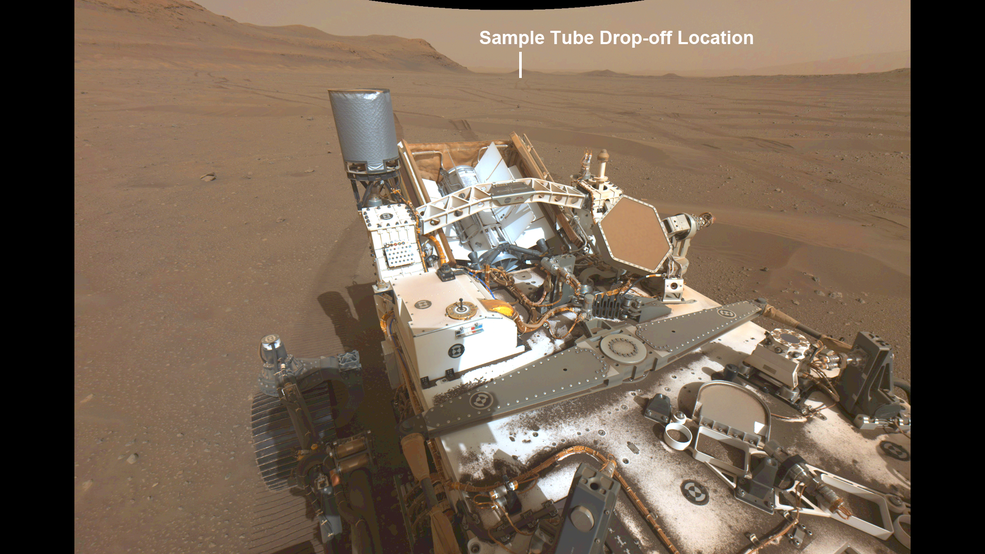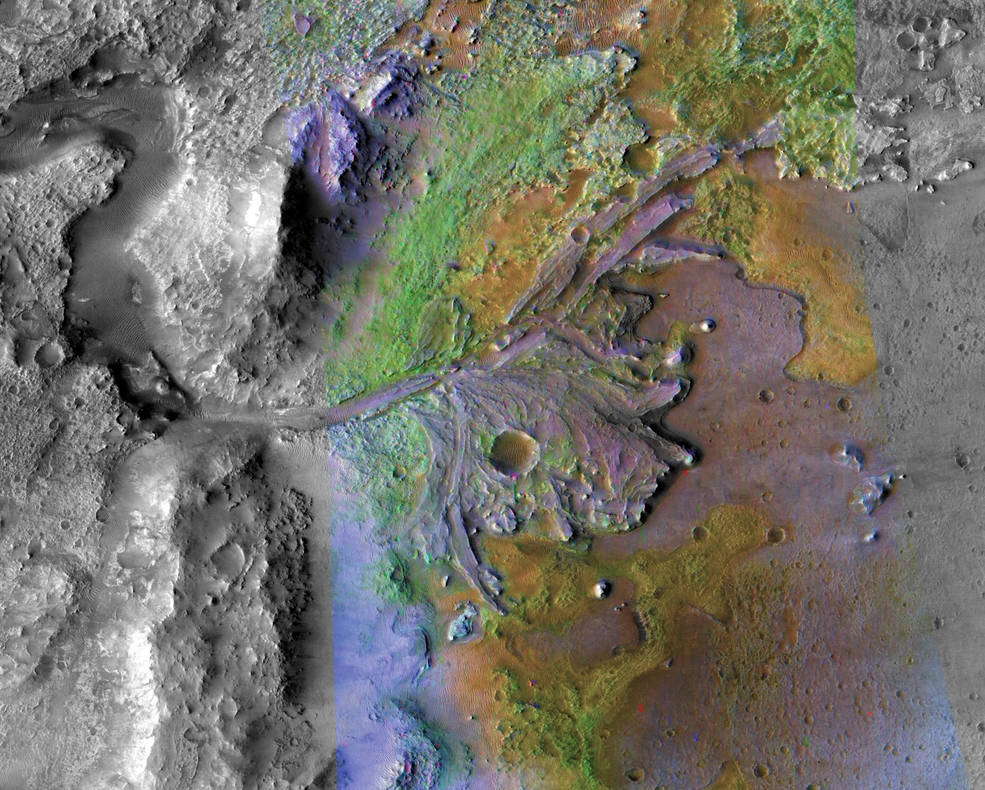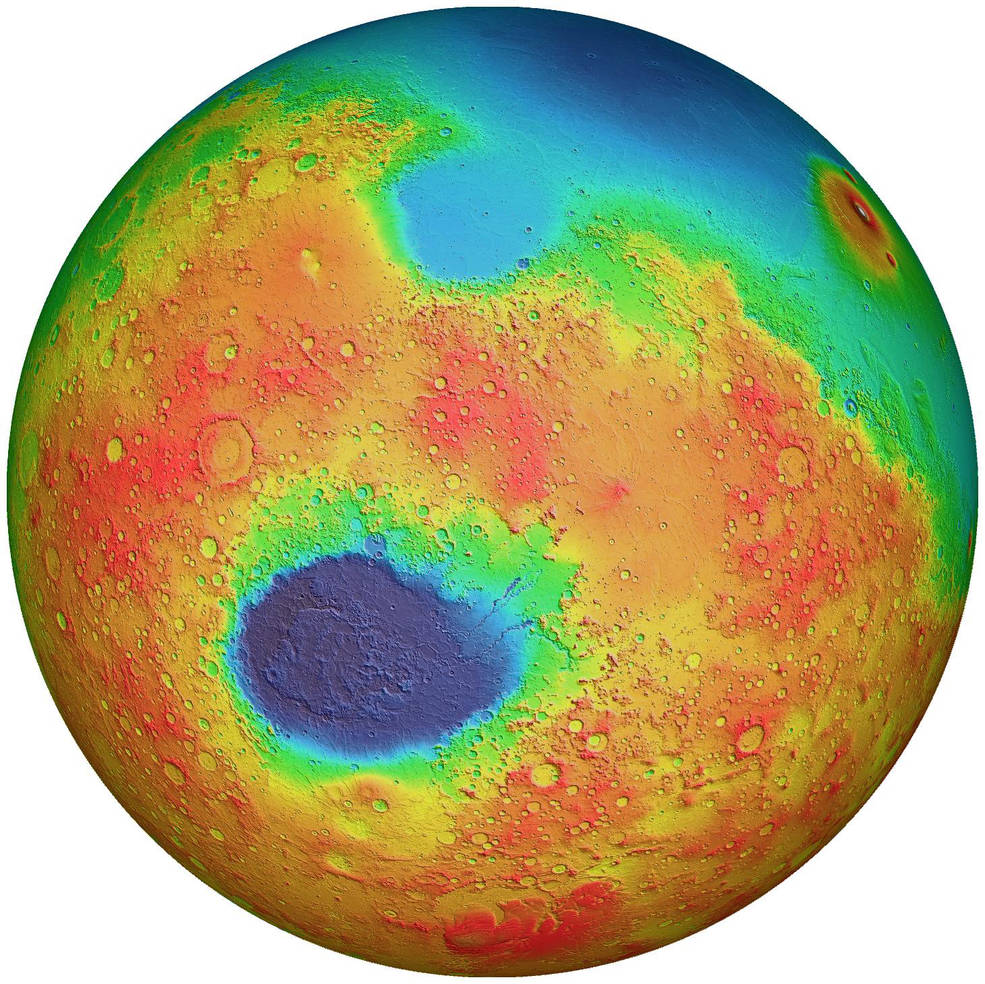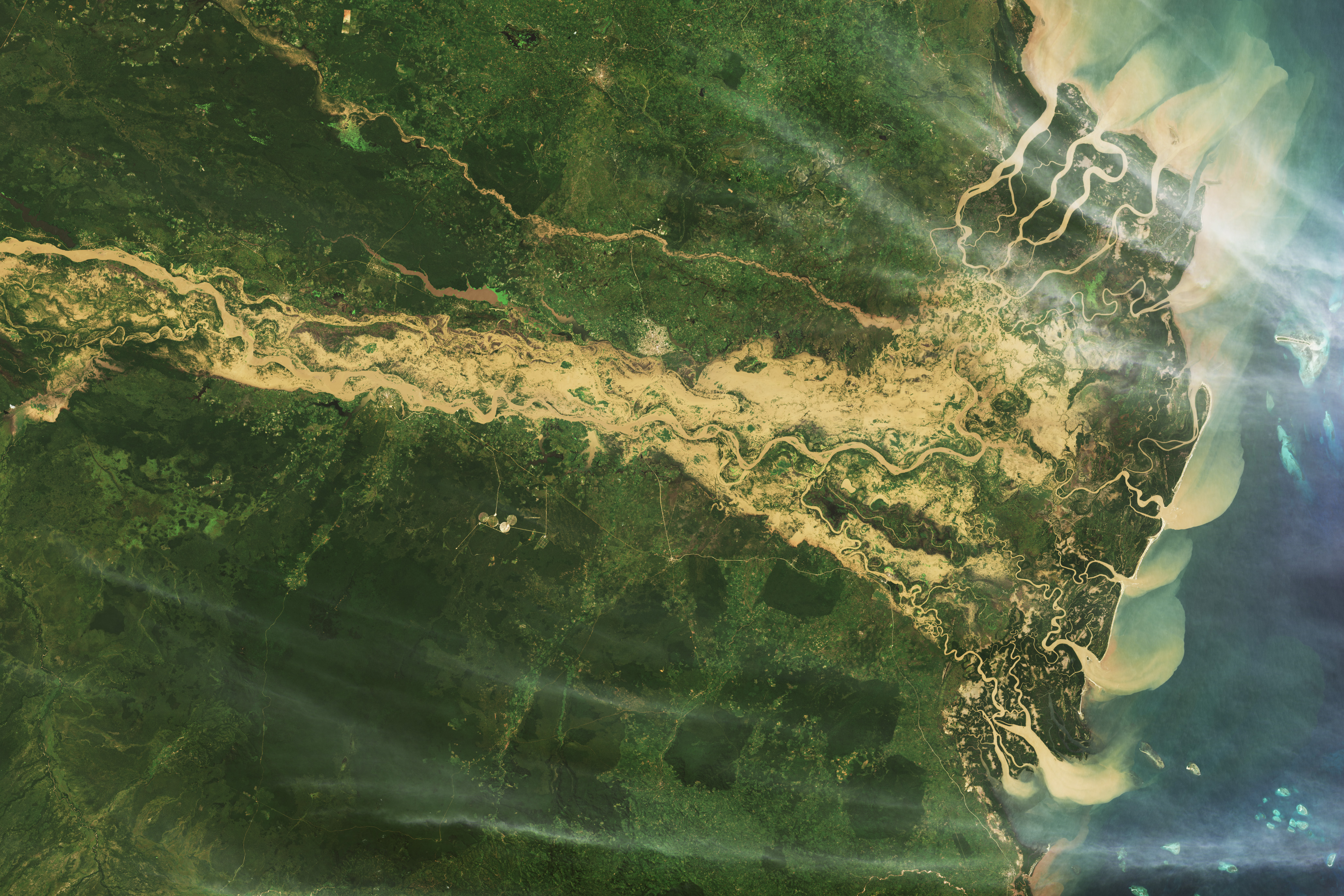A NASA study describes how rocks could have been “shocked” and changed by meteorite impacts, once frequent on ancient Mars. This will improve our analysis of rock samples returned from the Red Planet.
A NASA study describes how rocks could have been “shocked” and changed by meteorite impacts, once frequent on ancient Mars. This will improve our analysis of rock samples collected from the Red Planet.
“Because we’re counting on these samples to reveal a record of Mars’ geologic past, it would be important for us to understand if and how the rocks have been altered,” said Dr. Svetlana Shkolyar, a planetary scientist at NASA’s Goddard Space Flight Center in Greenbelt, Maryland. “The heat and pressure of an impact event can cause the rocks affected by it to melt. This means that when we study these rocks today, millions or even billions of years after the impacts occurred, the rocks could have had their original characteristics altered. It could even make one type of rock look like a different type of rock altogether.”

Part of NASA’s Perseverance rover’s mission includes collecting rock samples from Mars that could later be retrieved and brought to Earth for study as part of the Mars Sample Return campaign. Scientists on the rover team want to make sure the most effective samples are chosen to accomplish two of the major goals of returned sample science—searching for signs of life and geologic history dating. Therefore, it is important for scientists to understand how these rock samples formed, and how they might have been altered over geologic time.
Shkolyar is lead author of a study published on May 3, 2022, in Earth, Moon, and Planets that describes how the rocks in these samples could be changed by impacts and how rover instruments can characterize those changes.
NASA, in partnership with ESA (the European Space Agency), plans to launch follow-up missions to the Mars 2020 Perseverance rover to retrieve the samples that have been selected and cached by Perseverance and bring them to Earth around 2033. This campaign is intended to allow far more detailed studies once samples are brought to Earth to gain a better understanding of Mars’ past, present, and future, especially as it pertains to the possible presence of ancient life. Additionally, a key goal of the campaign is to help properly determine the age of events in Mars’ geologic history. This is generally done by dating the rocks and using that to infer a chronology of Mars’ history.

According to the study conducted by Shkolyar and her team, there are some important considerations to keep in mind when samples are selected. “For both astrobiology and dating the age of the rocks, the effect of impact shock is very important to consider,” Shkolyar said. “When looking for fossil carbon in these rocks, which could be an indicator of past life, the alterations imposed by impact shock could alter the carbon signature.” To ensure we understand the nature of the rocks, the Perseverance science team takes careful data to document the environmental context of samples before sampling and caching.
The study focused on one kind of mineral, plagioclase feldspar, which is found in many rocks on Mars. The study details ways to recognize impact shock in plagioclase, if it occurred in the rocks studied, including improvement of the instrumental methods by which scientists characterize the chemistry of the rocks and identify evidence of shock in them. This way, when scientists cache and return those samples, they may find out whether the rocks have experienced impact shock, and how they might have been affected by this shock.
There is also much that can be learned from impact-shocked samples, such as adding precision to the chronology of the hypothesized Late Heavy Bombardment, a period early in the solar system’s history when the planets may have been in less-stable orbits and could have been subjected to very frequent asteroid impacts.

“An example of how shocked samples could be beneficial would be to help us understand the history of impact on Mars,” Shkolyar said. “Impact-shocked samples would contain geologic indicators which would help us to constrain the duration of the Heavy Bombardment more accurately.”
The research was funded by NASA under award number 80GSFC21M0002 in conjunction with work performed with Barbara Cohen of NASA Goddard (via the Returned Sample Science Participating Scientist Program), and support from the NASA Postdoctoral Program.
By: Nick Oakes
NASA Goddard Space Flight Center, Greenbelt, Maryland
Media Contact:
Bill Steigerwald

























